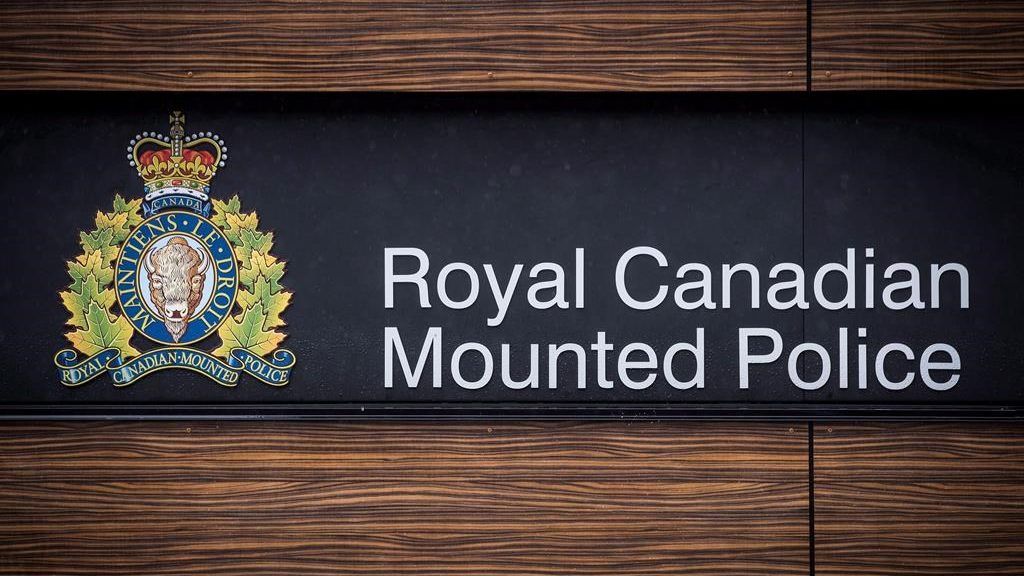Casper volunteers make Barbie pioneer clothing, ties flies
Posted Jun 21, 2018 11:56:15 AM.
Last Updated Jun 21, 2018 12:42:05 PM.
This article is more than 5 years old.
CASPER, Wyo. – You can find Barbie dolls in the lobby of the National Historic Trails Interpretive Center.
The Casper museum isn’t leasing space to a toy store. Rather, the dolls, who are dressed in bonnets and long dresses, are used to illustrate the clothing women wore along the westward trails.
Museum volunteer Carolyn Thorup sews the 1860-style dresses and accouterments — complete with tiny buttons, cuffs and ruffles — which visitors can take home for a donation to the museum.
Thorup and her husband, Lance, volunteer full time at the museum through a Church of Jesus Christ of Latter-day Saints program for senior couples, and the two lend their skills to add another historical experience and a little money for the museum.
“I have a passion for sewing Barbie clothes,” Carolyn said. “So when we got up here, I brought my sewing machine with me because I love sewing and I love doing the doll clothes. And I thought, well I could do pioneer dresses.”
Lance, meanwhile, connects his lifelong hobby of tying flies by reproducing historical patterns. The designs are from 1899 or earlier, and one goes back to the 1600s.
“I thought they would taper out about 1700, but apparently there were guys doing this over in England in Scotland a lot earlier,” he said.
STITCHING THROUGH TIME
Carolyn learned to sew by making dresses for her Barbie — the original version of the doll in the striped swimsuit she received at age 9.
“My mother bought a couple of patterns, and she said, ‘If you want clothes for your dolls than you have to make them.'”
As a child, she clothed her Barbie in stylish 1960s fashions. These days, Carolyn makes doll dresses for her grandchildren.
The pioneer dresses help children learn more about life of the pioneers, she said. Each ensemble comes with a bonnet, apron, pantaloons and petticoats like women of the time wore. The mothers always wore aprons, often with a bib they could pin up or let down.
“There’s a lot of interest (in the pioneers) here in Casper, because of the centre and the kids in the fourth grade learning about Wyoming history,” she said.
Carolyn made sure to reproduce even small details. She used the smallest safety pins she could find to show how women wore them on their aprons. She stitched tiny buttons to the dresses and even added ribbon bows to pantaloon cuffs.
She often buys scraps of fabric from thrift stores, and she looks for small prints that were common at the time, like flowers, plaid or gingham.
“One thing about her dresses is you have the one of a kind,” her husband, Lance, said.
Women typically sewed their own dresses and owned just two — one for the week and another for Sundays, she said.
A bolt of cotton or wool often clothed the whole family.
“By the time a girl was 12, she was an expert seamstress,” Carolyn said. “And we’re talking about hand sewing, not machine sewing.”
Those who sheered sheep could spin their own wool thread and weave the fabric.
“This happened a lot a lot more than I think we realize,” she added.
TIED TO HISTORY
Lance thought about making flies for the museum since the Casper area is home to world-class fly fishing. Then he started researching older fly patterns online to connect it to the era of the trails.
“Most fly fishermen don’t use the old patterns because they’re not as flashy as today’s flies,” he said.
Modern ties are made with a variety of synthetic materials, Lance said. But back then, people had to dye their own yarn.
He uses silk thread and materials ranging from duck feathers to hair off the tail of a roadkill raccoon.
“Waste not, want not,” Lance said.
His fly reproductions come in sets of six and include short descriptions. Among them is the “black ant” from the early 1800s, which continues to be a popular pattern today, according to the description. The oldest pattern is the “H.A. Barker’s Oak Fly,” originally tied in 1651, making it one of the oldest patterns from England.
All the money from the doll dresses and flies goes to the Trails Center; the Thorups donate their own time and materials, he said. Carolyn lends her sewing skill for reenactment garb at the centre, including Lance’s mountain man shirt, which the couple hand stitched.
The Thorups arrived in September for the two-year volunteer program through their church. Their duties at the museum include leading tours, and Carolyn helps order and maintain the book stock in the gift shop.
The retirees also bring skills from their careers.
Lance retired after a career in construction and a door-installation business he and his wife ran, and she has experience in accounting. He helps with the museums doors, general maintenance and helped build a new corral outside the museum.
Carolyn and Lance are descendants of several pioneers, including Lance’s great, great grandmother, who travelled the Mormon Trail.
She was 11 years old in the Martin handcart company, which became caught in a snowstorm in Natrona County on the way to the Salt Lake Valley. She lost two brothers along the way and her father died along with many others after the company was caught in a snowstorm. Today, Martin’s Cove historic site in Natrona County tells the story of the company. She made it to Utah with her mother and two sisters, he said.
Carolyn’s pioneer ancestors include Nelson Higgins, a company captain in the Mormon Battalion recruited to help fight the Mexican-American War. He and his family travelled with other women, children and the sick from Santa Fe, New Mexico, and through Casper on the way to the Great Salt Lake in 1847, she said.
“We have an affinity for this place,” Carolyn said.
___
Information from: Casper (Wyo.) Star-Tribune, http://www.trib.com










